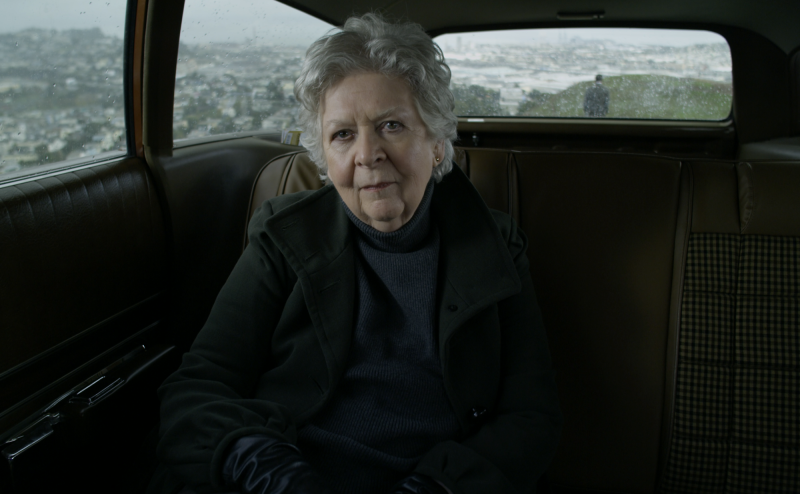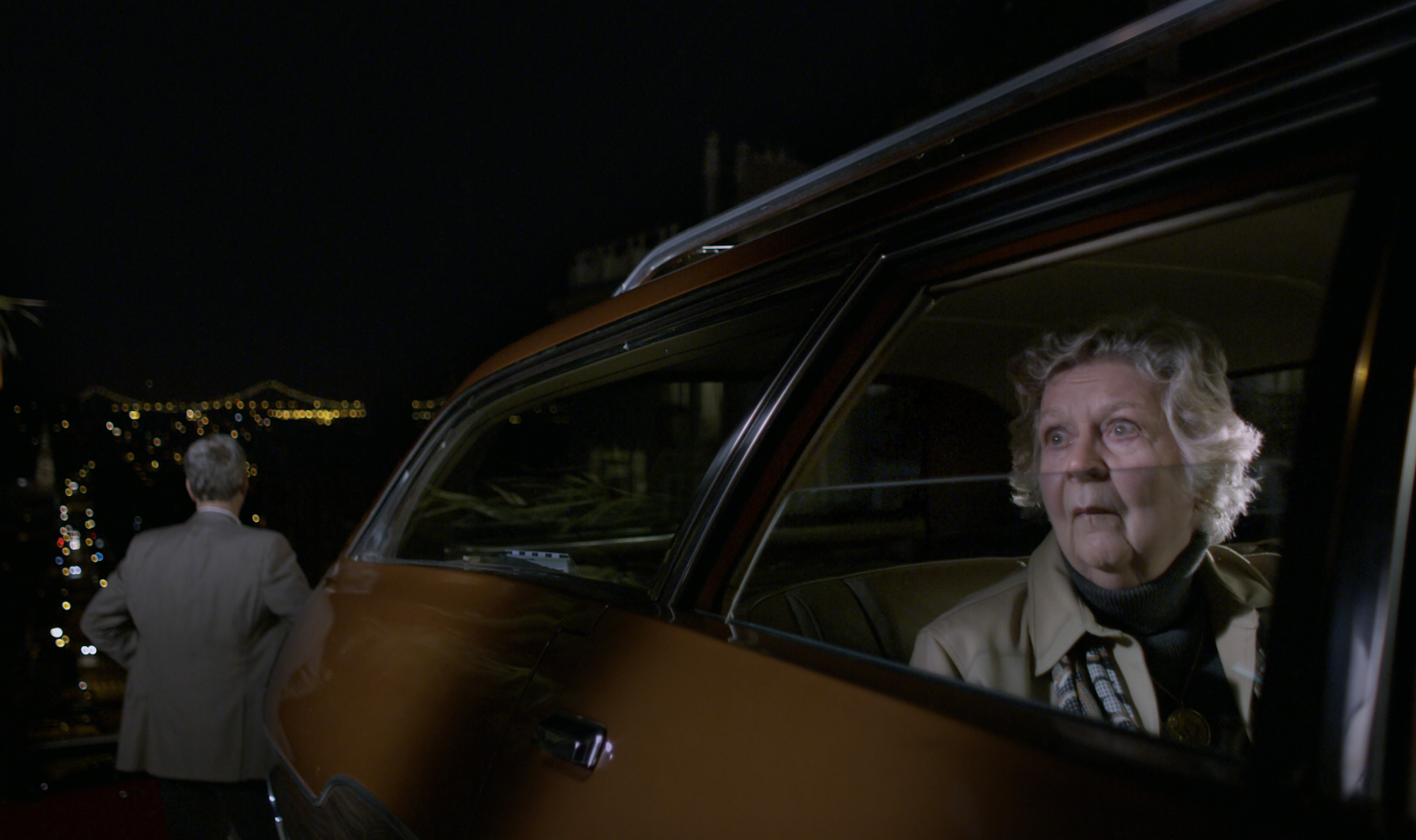On Sept. 22, 1975, a 45-year-old mom named Sara Jane Moore drove to downtown San Francisco, positioned herself in a crowd outside the St. Francis Hotel and attempted to shoot President Gerald Ford with a .38 pistol. (She missed only because the gun had an inaccurate sight.) After her arrest, it was revealed that Moore had spent the previous 18 months infiltrating radical Bay Area political groups and working as an FBI informant. She has been a confounding figure in Bay Area history ever since.
The prospect of hearing Moore speak at length about her life, then, is a tantalizing one. Her participation in the new documentary Surburban Fury, which screens Dec. 20 in San Francisco, was agreed to on the condition that she be the only interviewee.
The film gives Moore the space to tell her own story from different locations: the back of a station wagon, a grand room in the St. Francis Hotel, the rear of a house in Danville. These interview clips are interspersed with narration drawn from Moore’s recollections of conversations with her FBI control agent. The movie is rich with archival footage of the turbulent political and social events of 1970s Bay Area.



